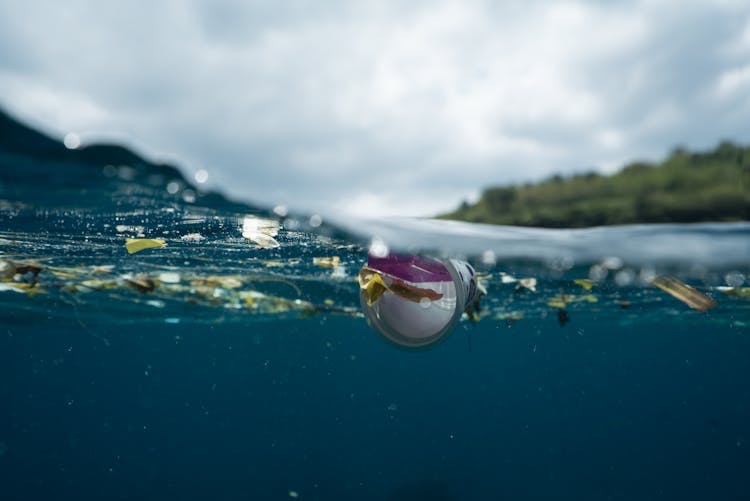All Categories
Featured
Table of Contents
Before you embark on any repair work, particularly when dealing with water damage in your home in Westminster CO, it's critical to prioritize safety. First and foremost, ensure the work area is secure by turning off power to any affected electrical circuits, reducing the risk of electrocution. Adequate ventilation is essential, especially if you suspect mold presence or if you'll be using chemical products like spackle or paint. Always wear personal protective equipment (PPE), including gloves, safety glasses, and a respirator or mask, to protect against inhalation of harmful particles or mold spores.
Tools and Supplies List
Having the right tools and materials is essential for effectively repairing water-damaged walls. Staple items include a putty knife or scraper for removing damaged drywall, a drill to disassemble any compromised structures, and a hammer and chisel for woodwork repairs. You'll also need supplies for cleanup and drying the area, like buckets, mops, and sponges. Crucial materials such as spray foam insulation for filling gaps and a high-quality spackling compound for patching holes are also vital. Optional but handy items include paint and painting supplies for refinishing the wall after repairs are completed.
Step-by-Step Restoration Guide
To properly address water damage in your home's walls, begin by assessing the extent of the damage and removing any deteriorated materials. This might involve stripping away wet drywall using your putty knife, or even cutting out sections of drywall with a saw if necessary. After the area is cleared, cleaning is paramount; thoroughly mop and dry the area to prevent mold growth. Subsequent steps involve filling holes with spackling compound and perhaps even replacing sections of wood if they have rotten. For comprehensive drying and sealing, use a dehumidifier and apply spray foam insulation in crevices to block moisture.
After ensuring the structural integrity is restored, you may then focus on aesthetics, filling any remaining cracks or holes, sanding down surfaces, and applying new paint. Learn more about water damage restoration to ensure you cover all necessary elements of repair and restoration.
What safety gear do I need when repairing water damaged walls?
How do I prevent mold growth after repairing water damage?
When your home in Westminster CO experiences water damage, tackling the restoration process yourself can be a practical decision if you're equipped with the correct knowledge and tools. Remember, the key to successful DIY water damage wall repair is careful planning, safe practices, and thorough work—from drying out the damage to applying the final coat of paint. For further guidance and expert advice, don't hesitate to consult additional resources or professionals when the damage is extensive or complex.

Most Liked

Latest Posts
Understanding the Personal Houses of Astrology
Protecting Your Home in South Bend IN from Water Damage
Experience the Best in Home Care